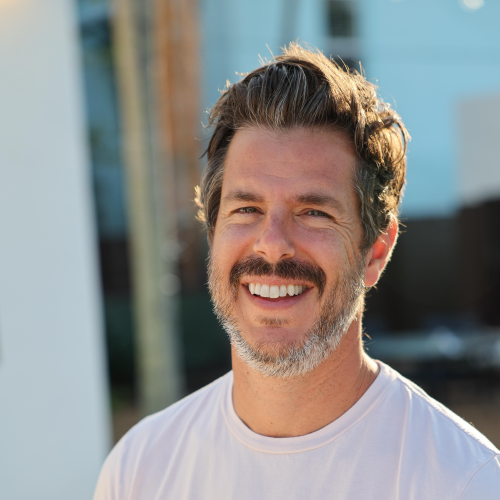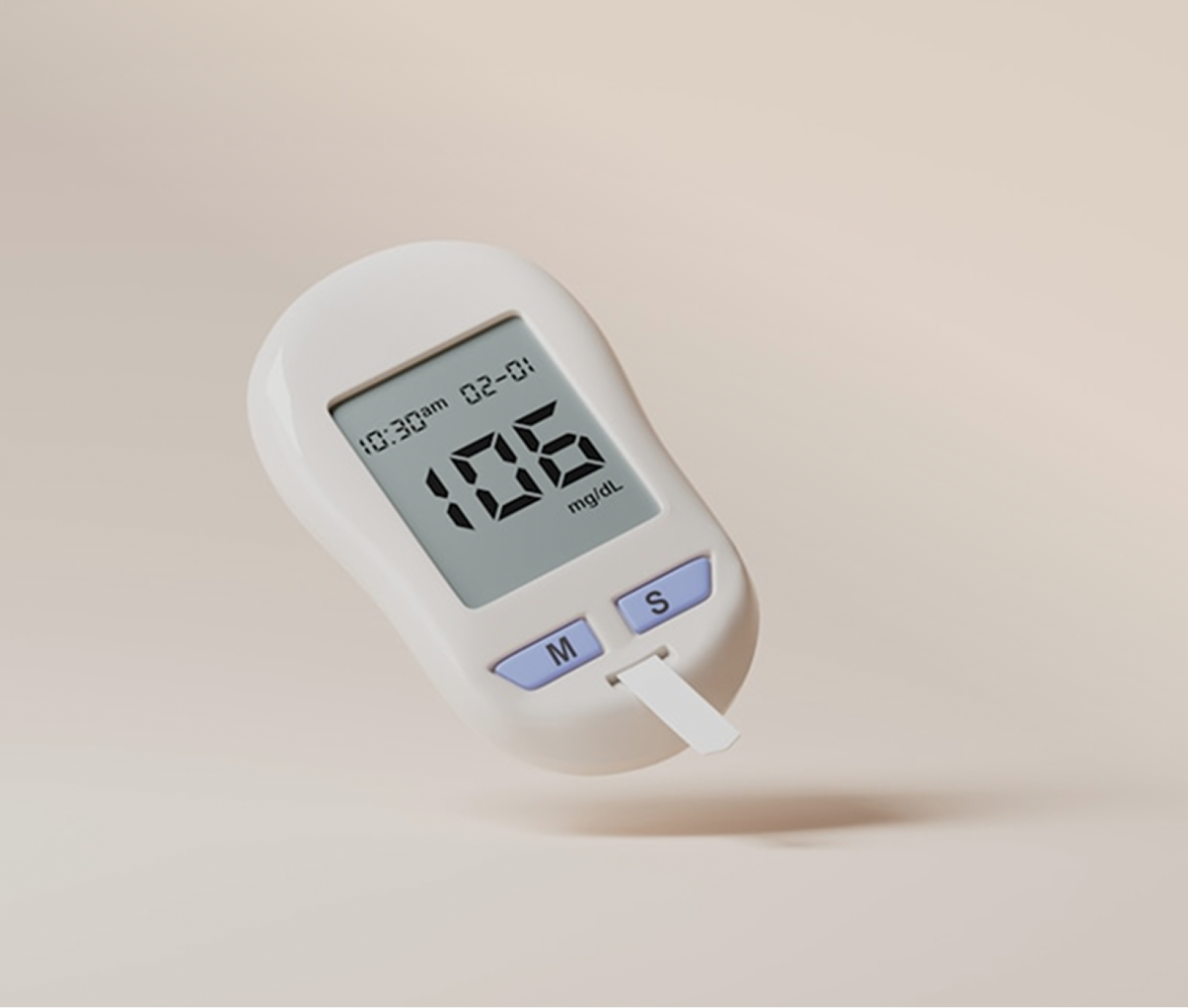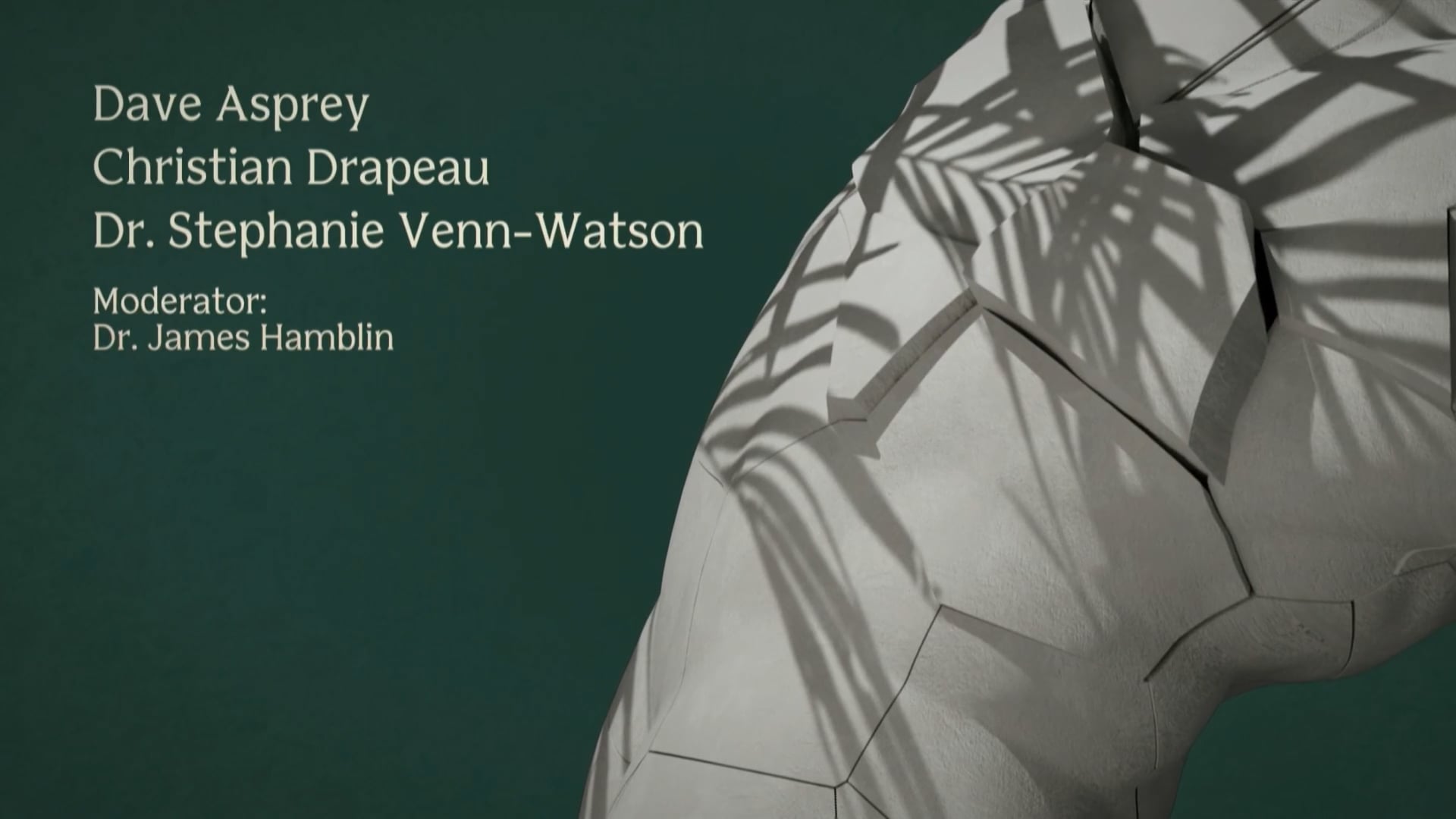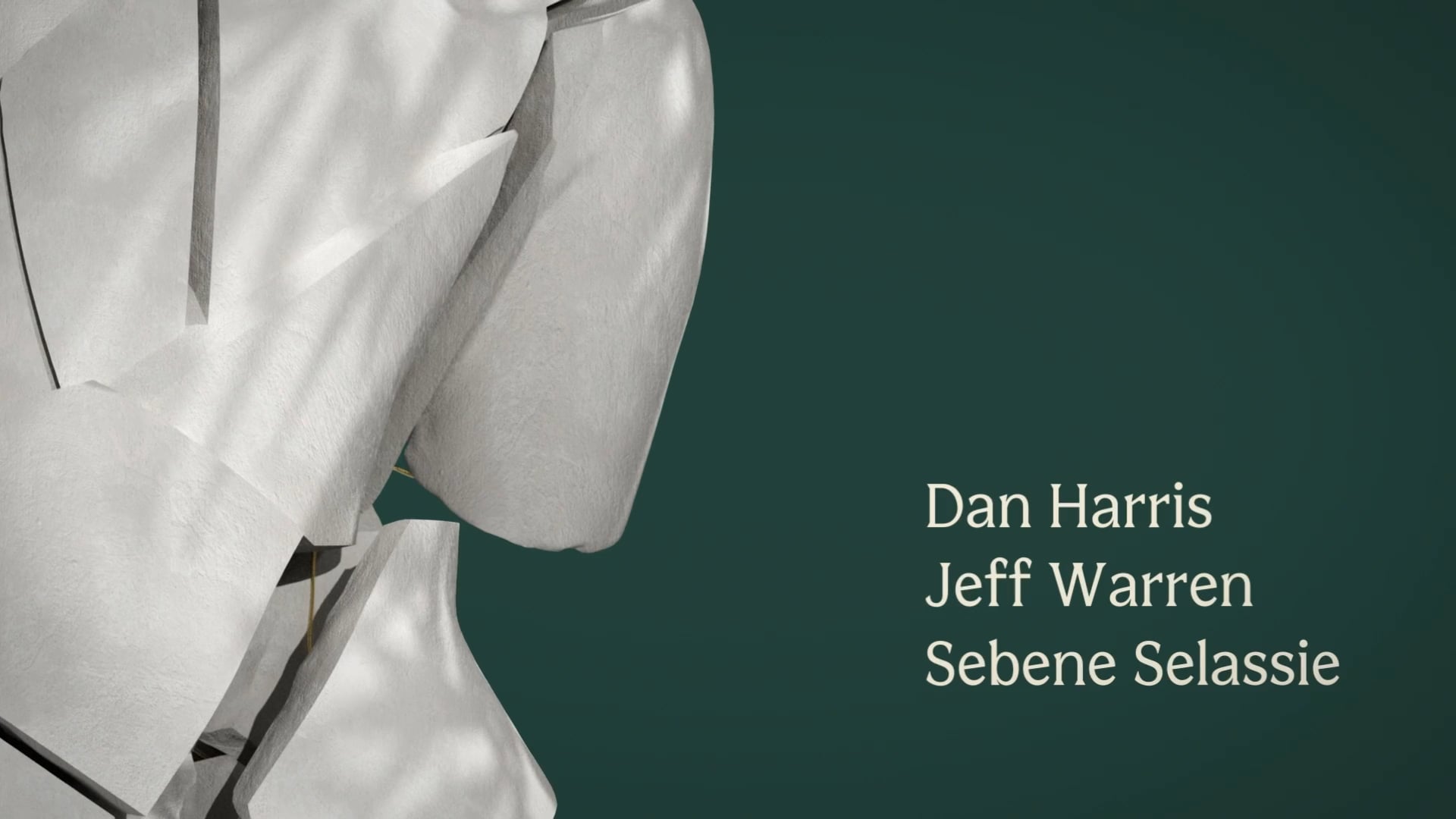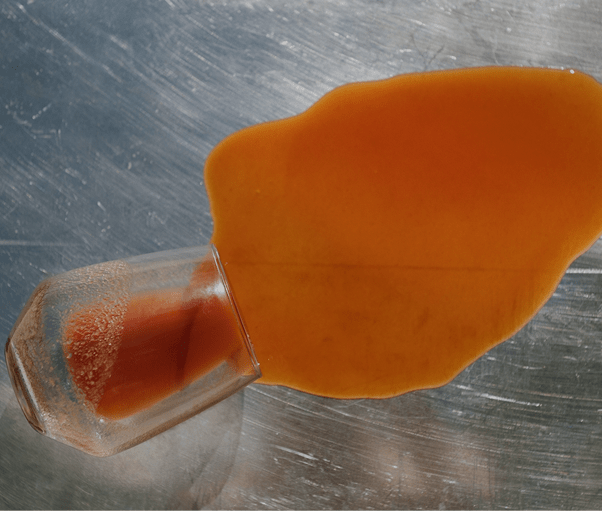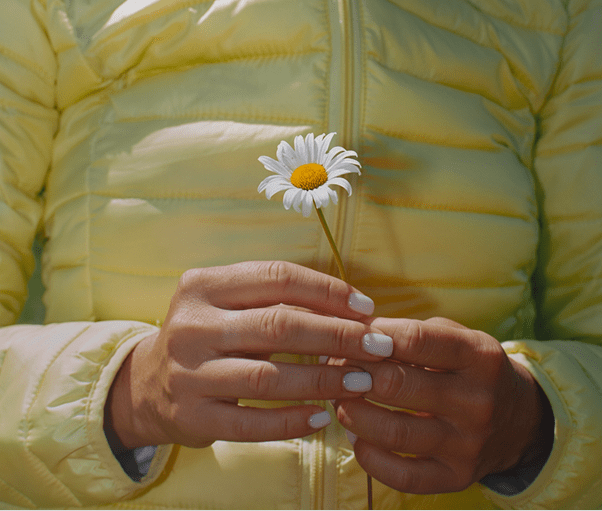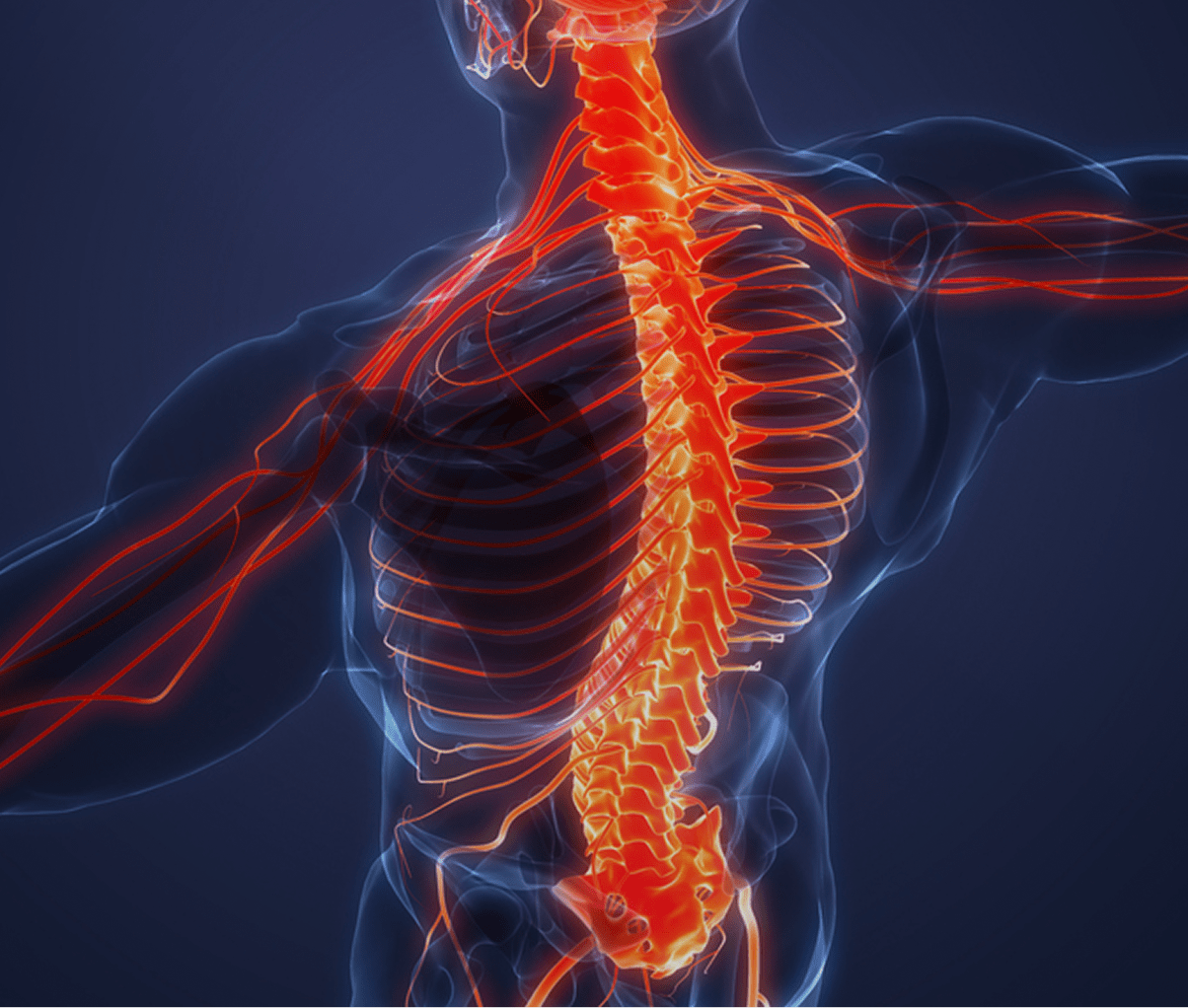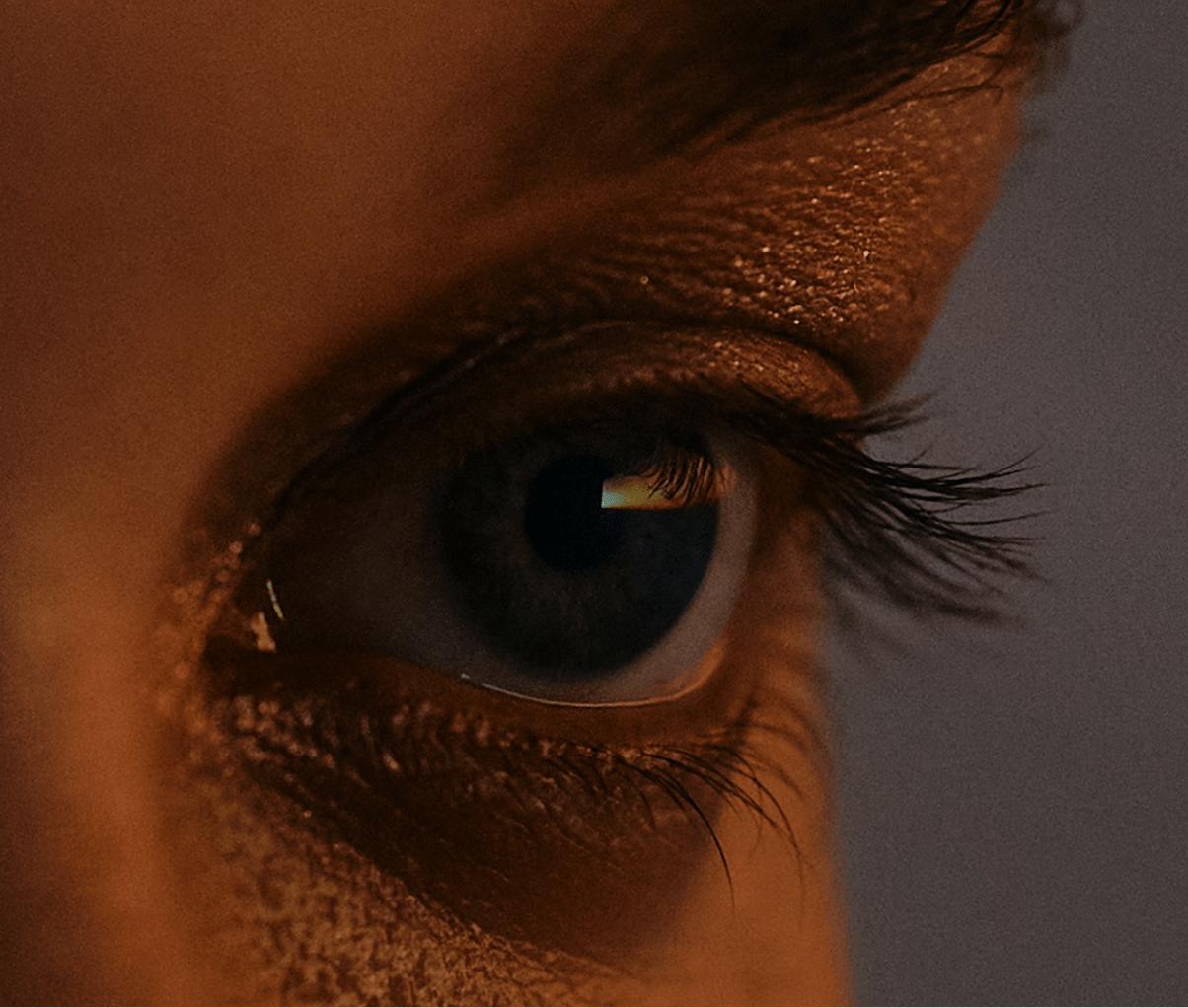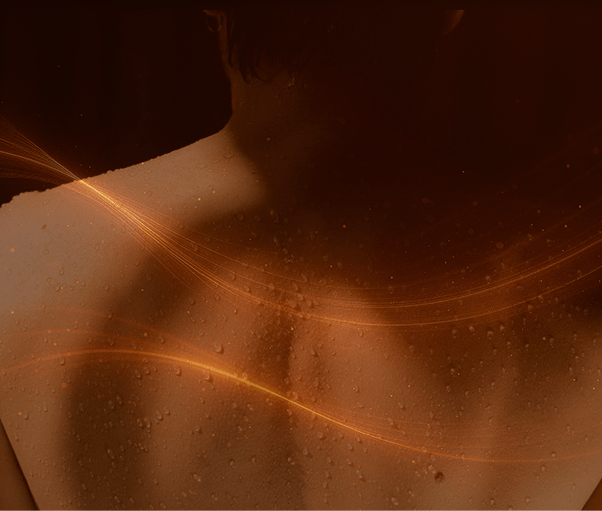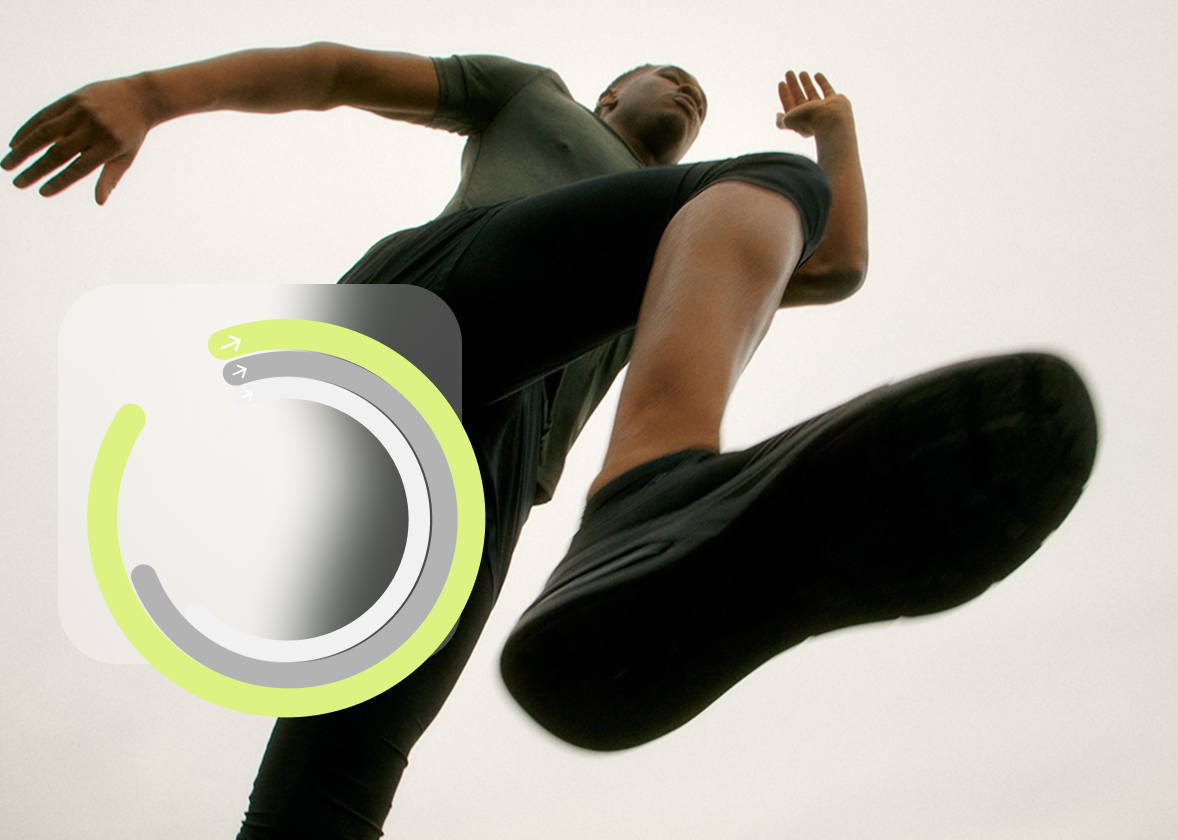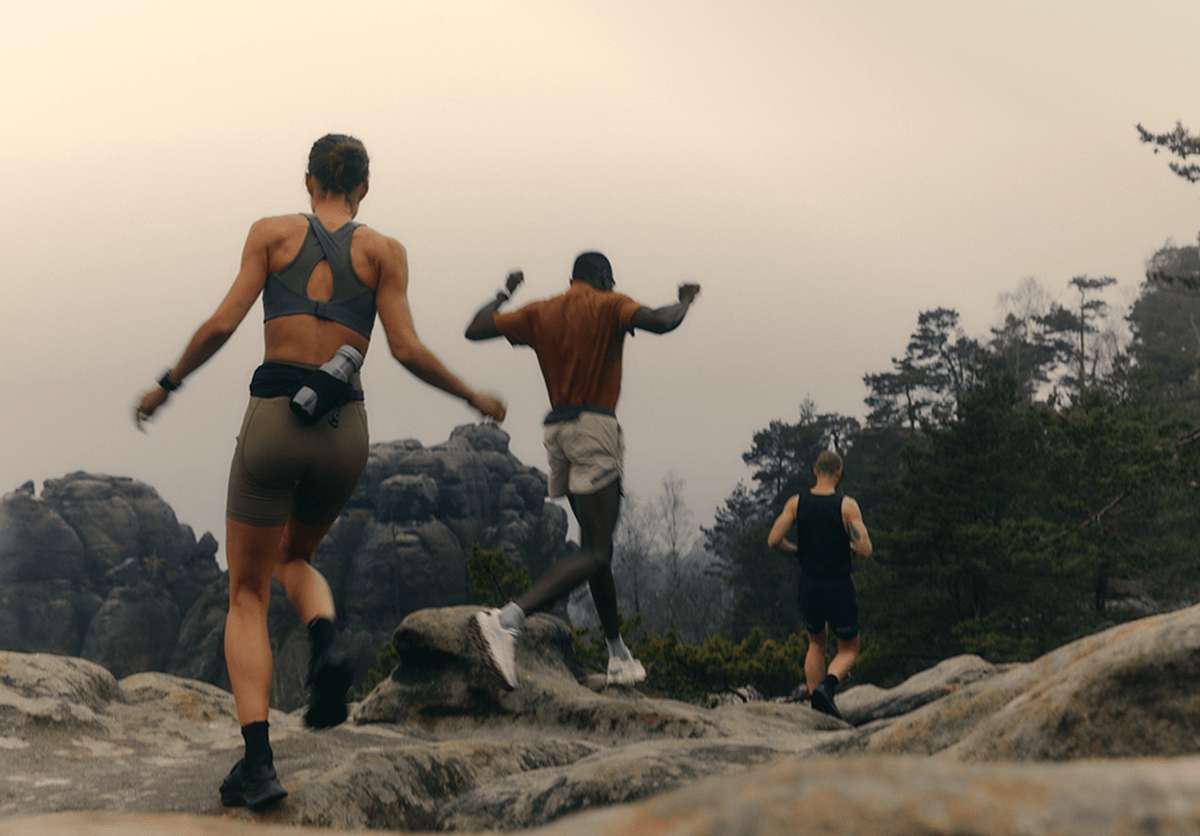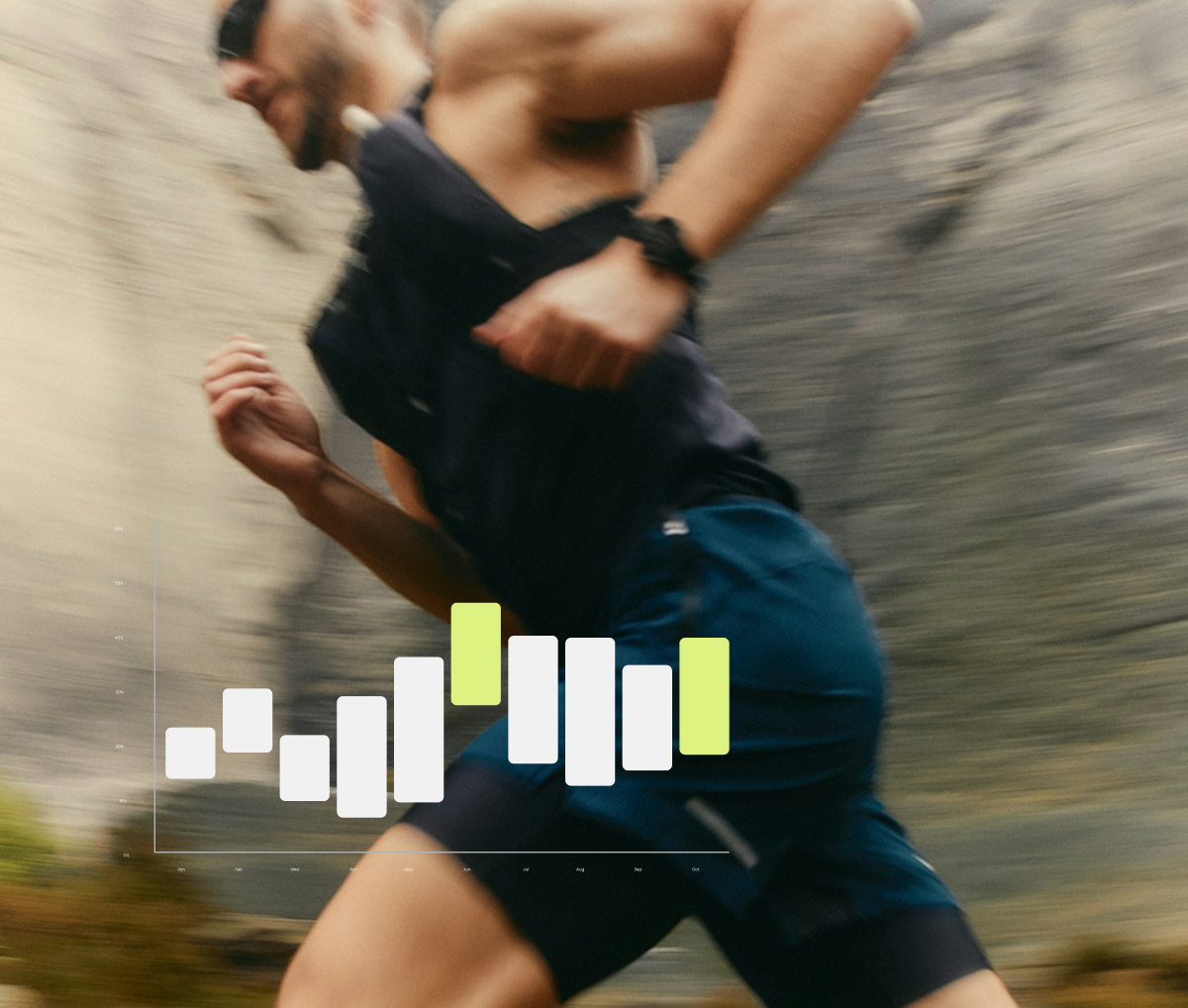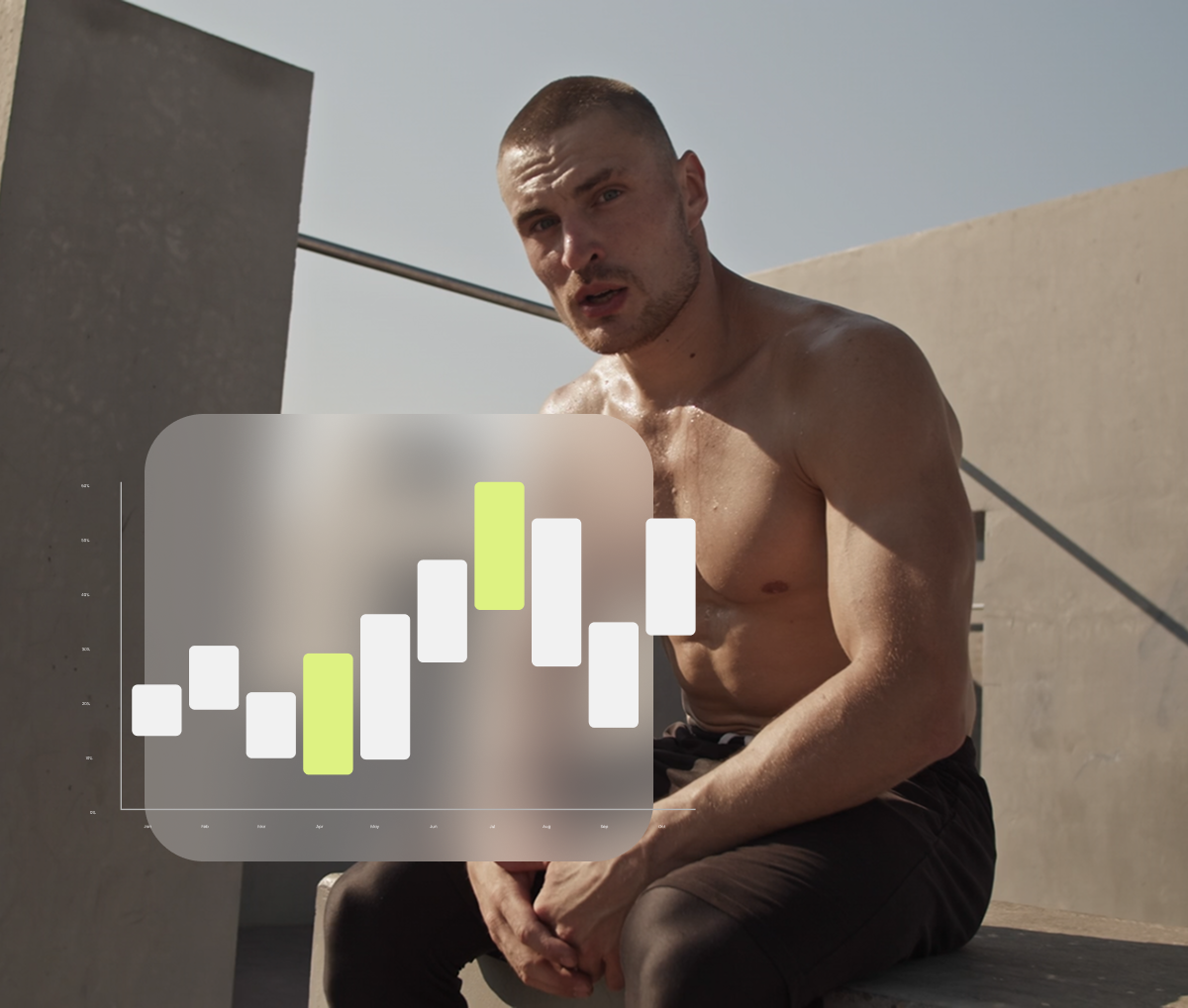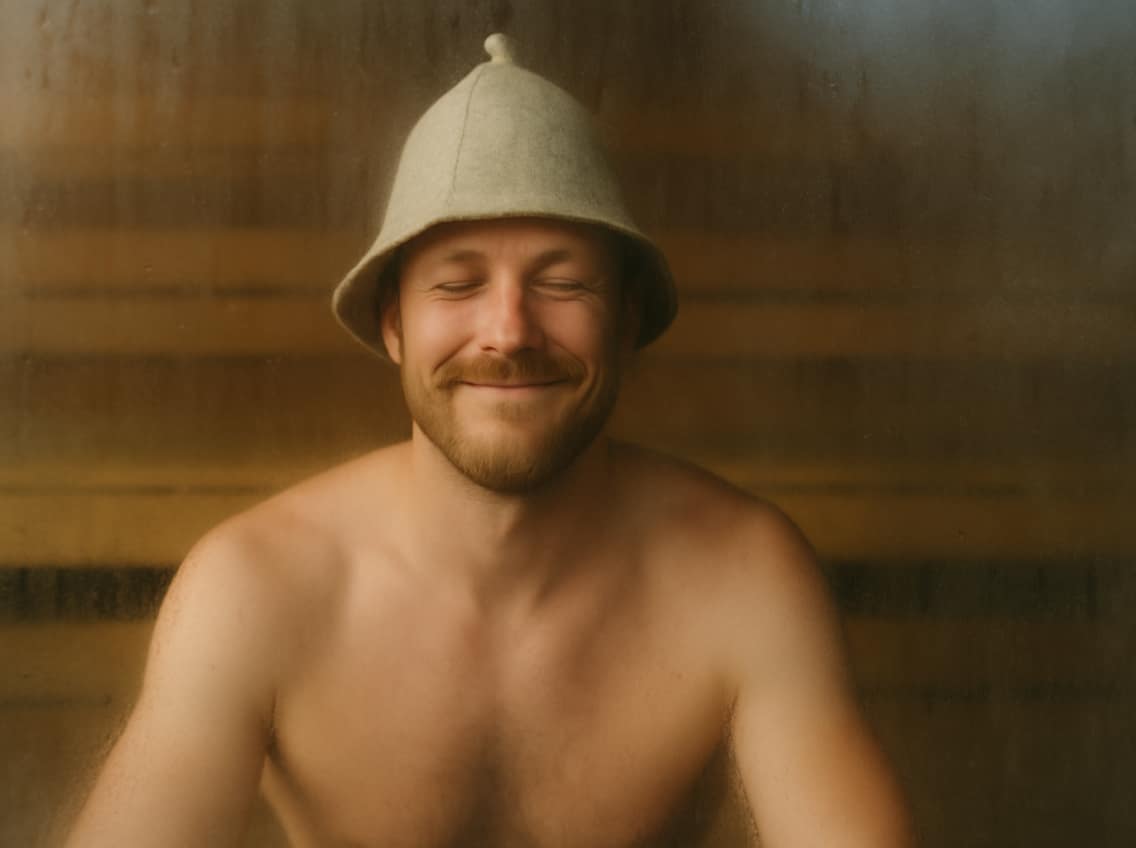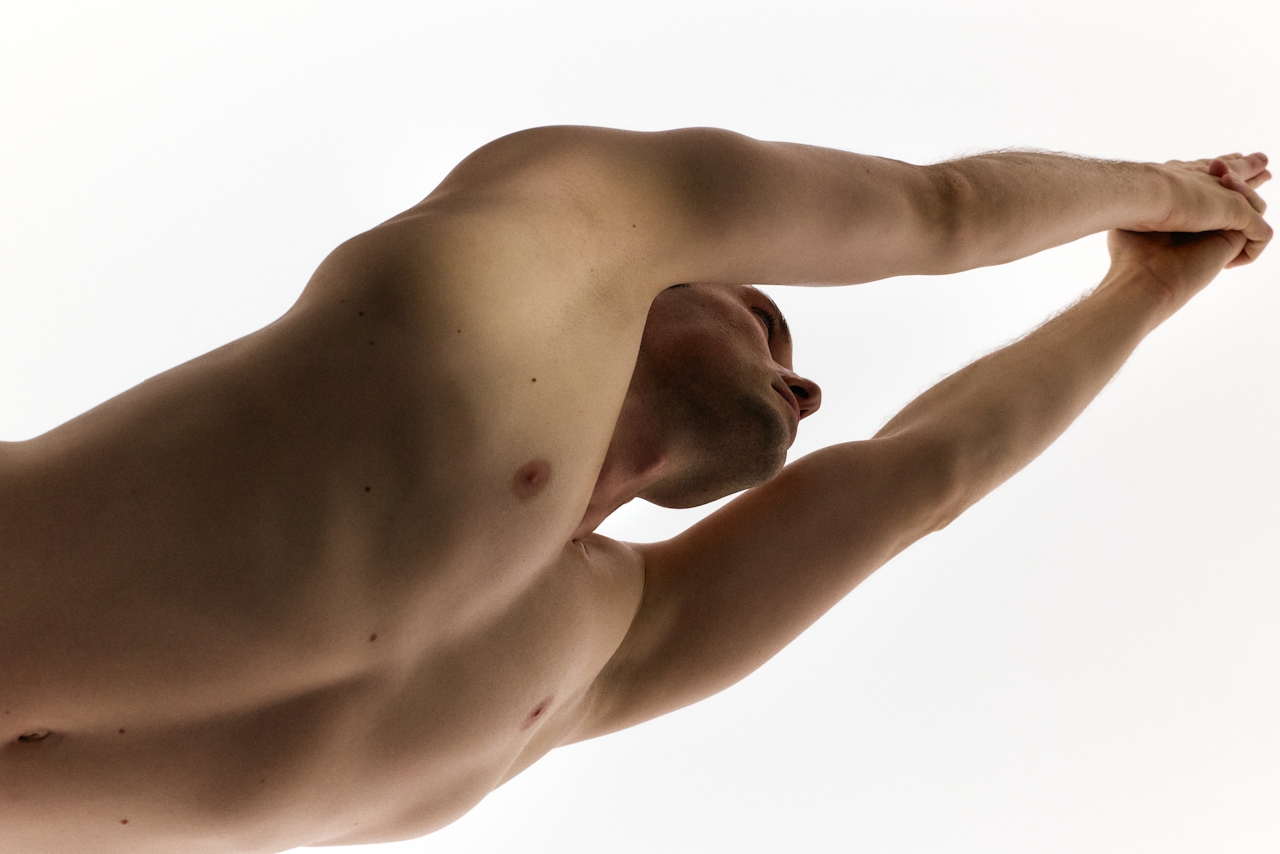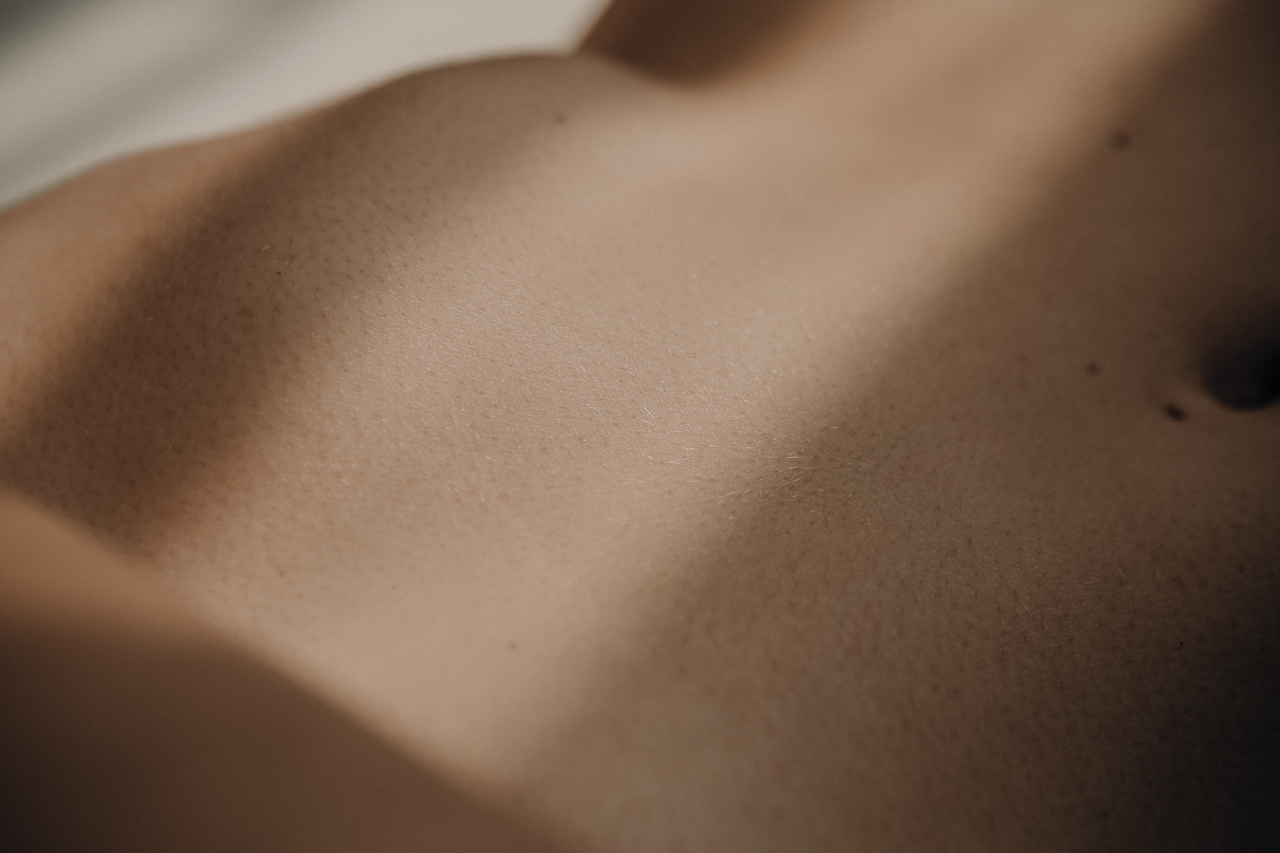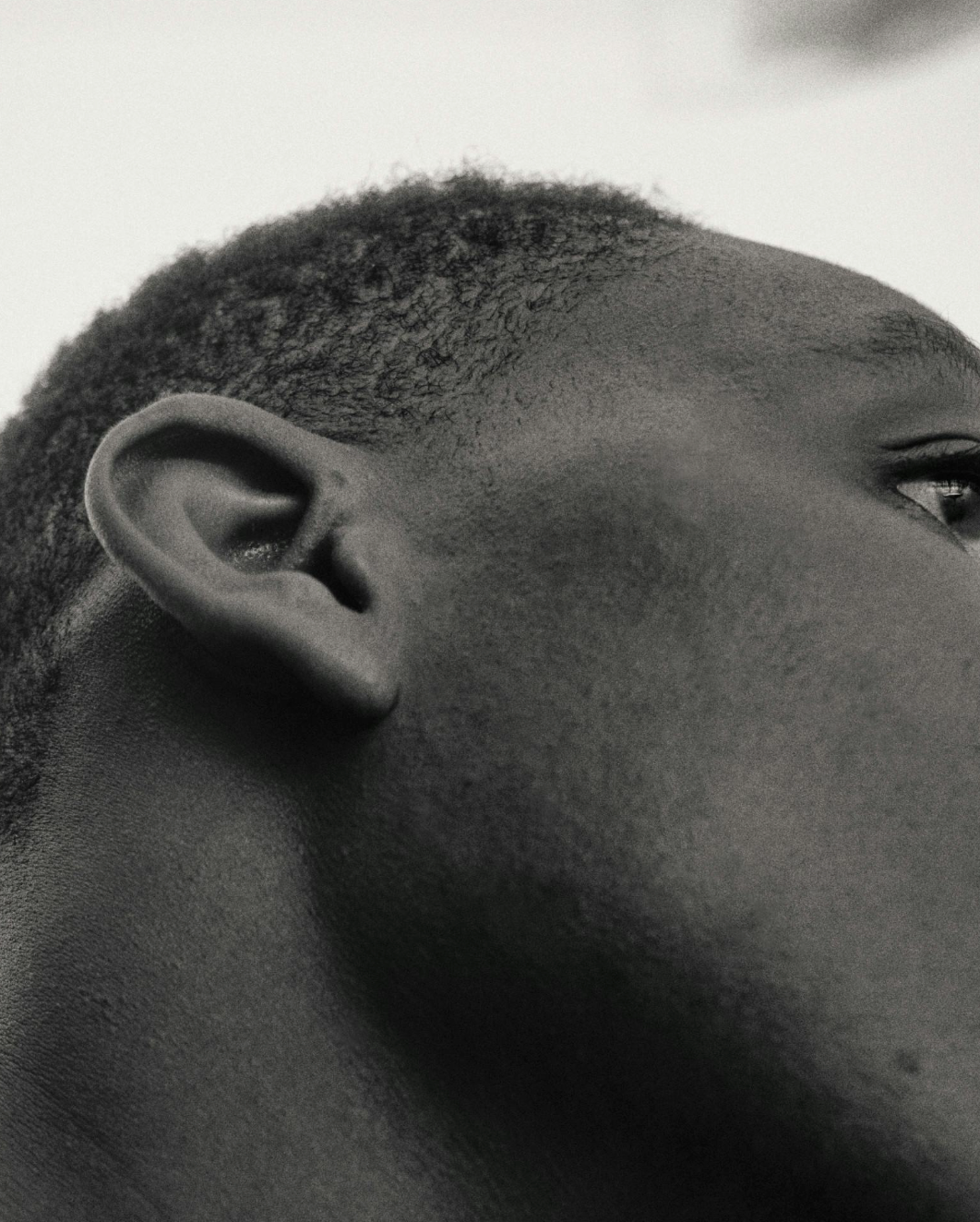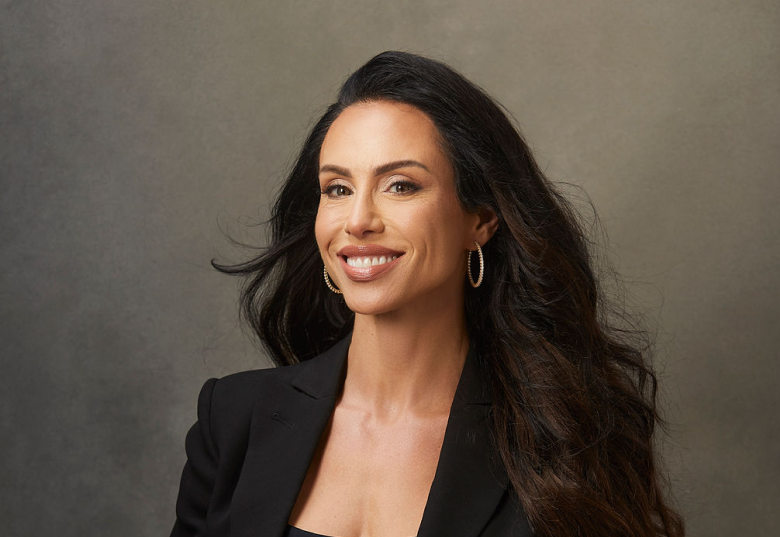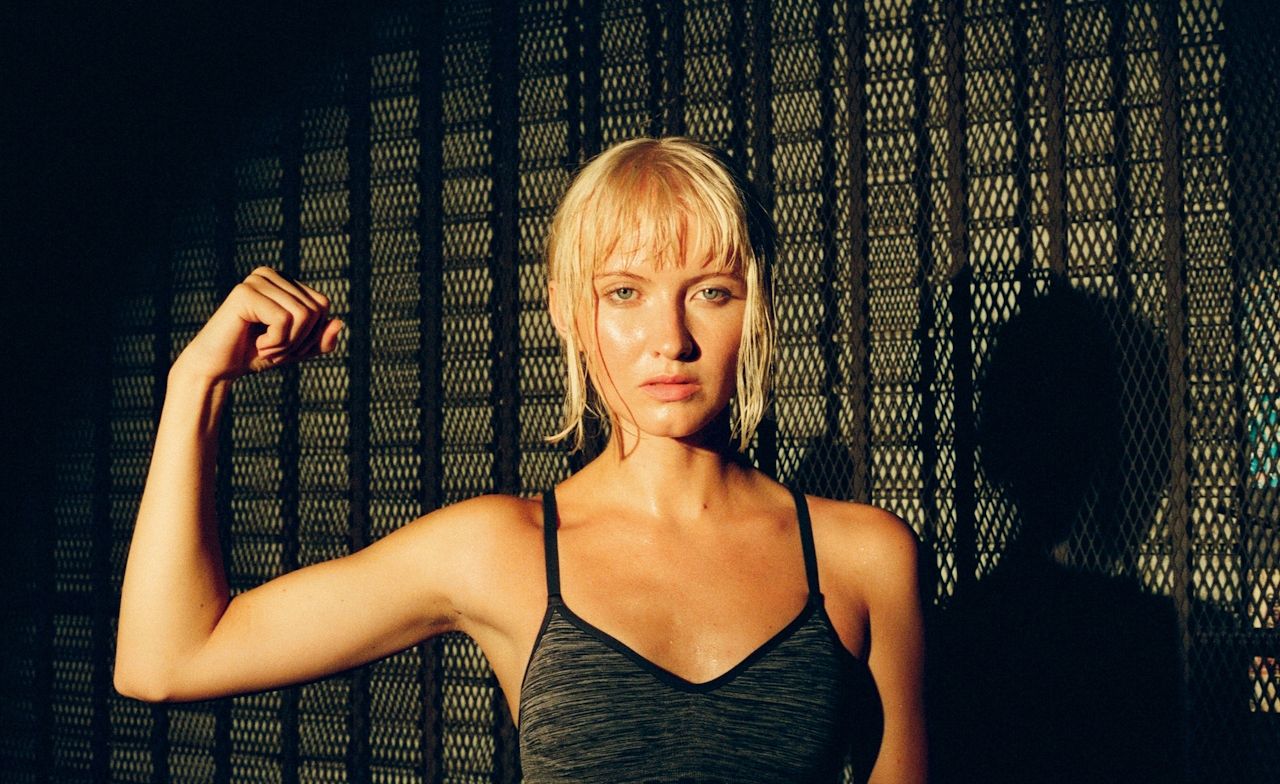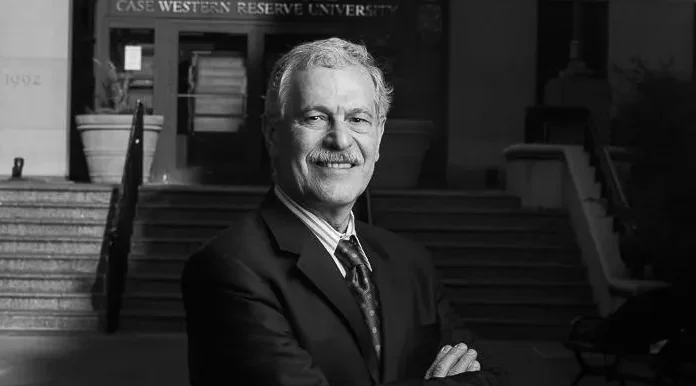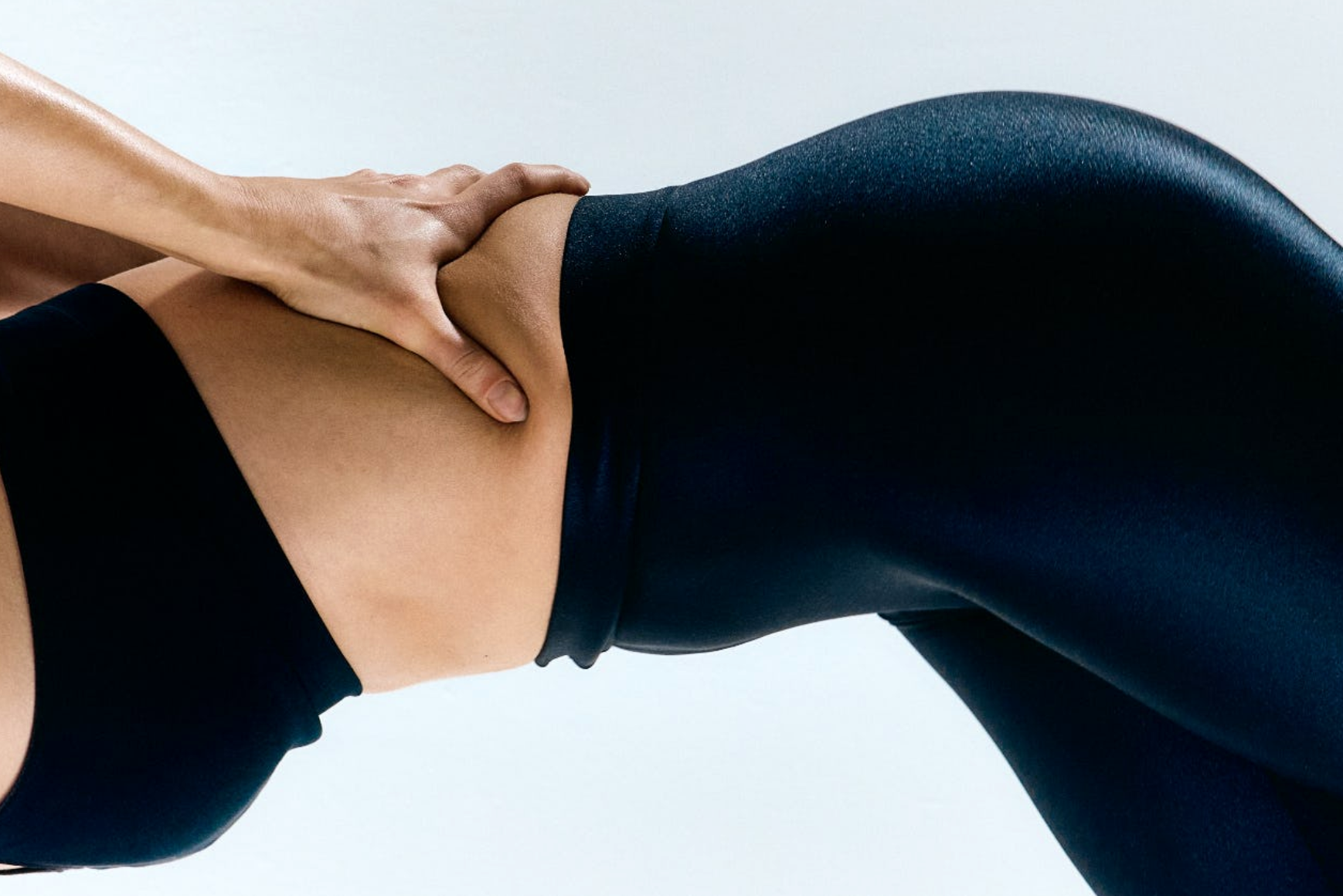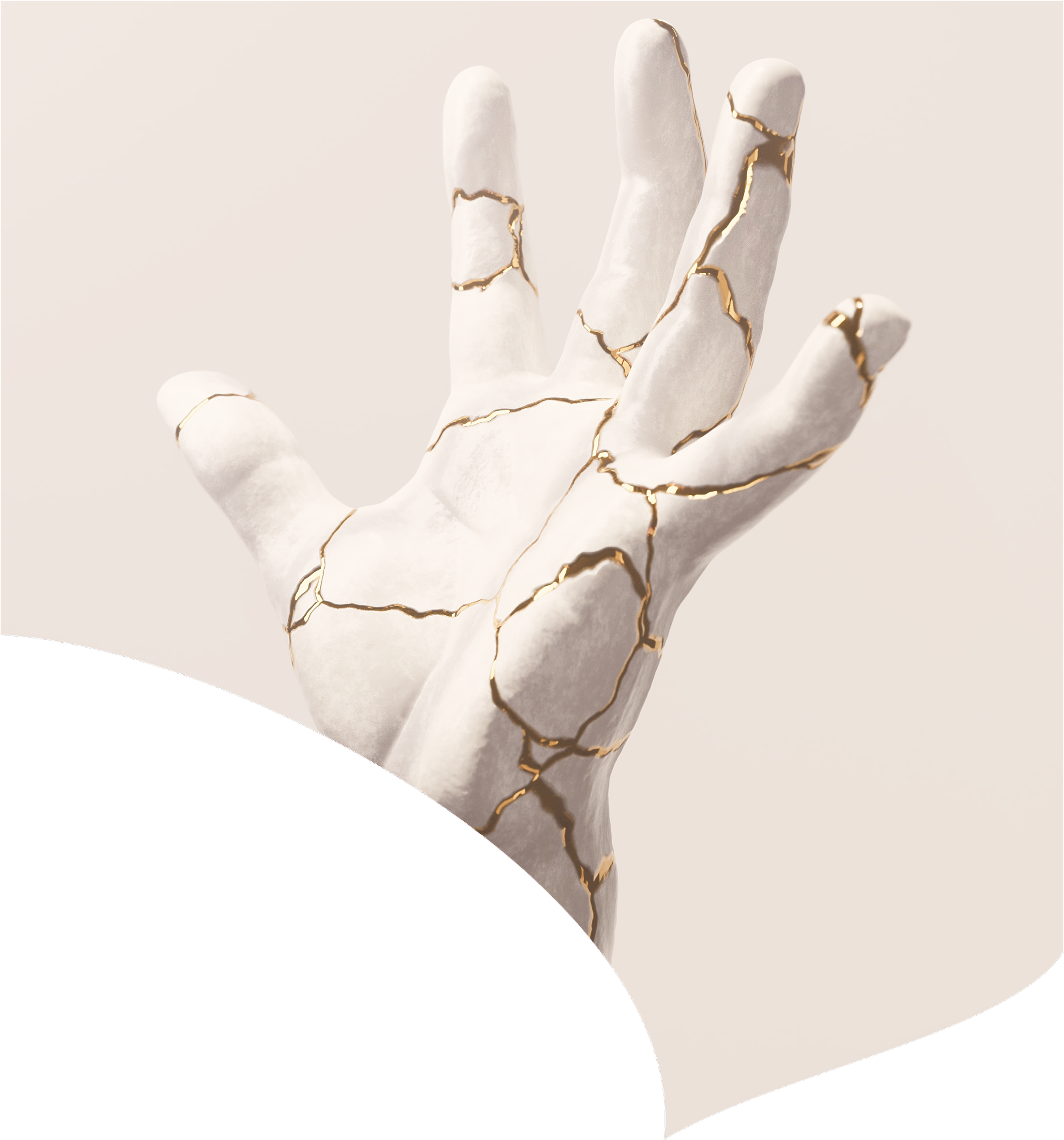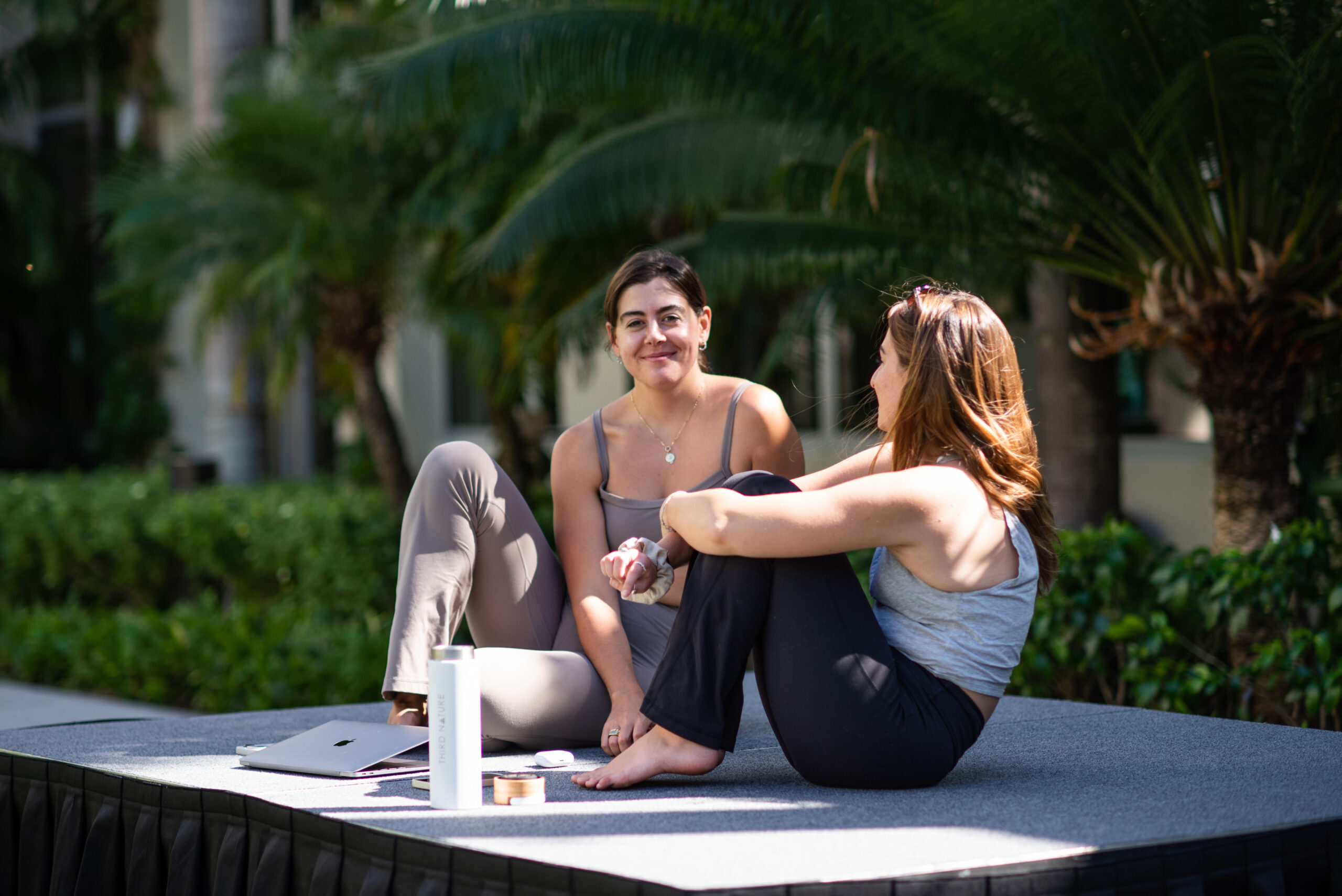
From grip strength to walking speed, your body is constantly sending signals about how well it’s aging. These aren’t just numbers—they’re predictors of how long (and how well) you’ll live.
Last week, we broke down the science behind physical performance as a vital sign. We looked at simple, measurable tests that offer surprising insights into longevity—from the dead hang to the sit-to-stand test—and why maintaining strength, balance, and mobility is more powerful than any supplement.
Missed it? You can still catch up on the deep dive of The Longevity Fitness Benchmarks Issue.
We’re thrilled to spotlight Dr. Kelly Starrett, Doctor of Physical Therapy, movement expert, and bestselling author dedicated to helping people unlock better health and performance through movement. He is the co-author of the New York Times bestsellers Becoming a Supple Leopard, Ready to Run, and Built to Move, as well as the Wall Street Journal bestseller Deskbound. As the co-founder and Chief Health Officer of TheReadyState.com and co-founder of San Francisco CrossFit—the 21st-ever CrossFit affiliate—Kelly has worked with elite athletes and coaches across the NFL, NBA, NHL, MLB, and U.S. Olympic teams. He also consults with military special forces, first responders, and corporations seeking to improve employee health and well-being.
Kelly's work isn’t just for high performers; his methods empower everyone—from kids to desk-bound professionals—to move better, reduce pain, and build durable bodies for life. Alongside Juliet, he coaches The Starrett System, helping members develop pain-free, high-performing bodies through science-backed training that fits into real life.
Here’s Kelly answering some of your questions about building a body that lasts—how to maintain strength, mobility, and resilience as you age, and what really matters when it comes to movement for longevity.
Q. If someone only has 20 minutes a day to invest in movement, what should they focus on?
Rethinking the 20-Minute Workout
Here’s the problem with the “I only have 20 minutes” excuse: it’s built on two flawed assumptions.
First, we’ve been conditioned to believe that movement only counts if it’s done in a formal one-hour chunk. That’s just not true. At The Ready State, we believe in the golden rule of Never Do Nothing. Twenty minutes is plenty of time to get real work done—whether that’s a 5x5 front squat session, a kettlebell complex, a few rounds of rope flow, or a quick yoga flow to reset your nervous system.
We’ve trained people to think every workout needs to be epic. It doesn’t. And the research backs this up: short, consistent training sessions can have huge benefits for performance, longevity, and mood. Also? Most people can walk a mile in 20 minutes. That walk could include sunshine, nature, your dog, and maybe even a neighbor or two. That’s movement gold.
Second, we need to reframe when movement happens. The 20-minute session is just one part of the puzzle. What if your day looked like this?
- You wake up and knock out a few sun salutations or a breath practice.
- You max out your step count by aiming for 8,000+ steps during the day.
- You avoid long stretches of sitting at your desk.
- You hit a focused 20-minute training session.
- And then you sit on the floor while you eat dinner or watch Netflix.
That’s not “just 20 minutes.” That’s a full-on movement-rich day.
The truth is: everyone has 20 minutes. But the real unlock is realizing that movement doesn’t start and end with a workout. It’s the cumulative rhythm of how you live.
Q. What are your top 3 “longevity movements” everyone should be doing into old age?
My favorite definition of fitness comes from movement pioneer Georges Hébert: “Be useful.” At the heart of it, we’re talking about useful capacity and transferable capabilities. And since we’re not the first to wrestle with this idea, let’s go back to the masters.
Coach Dan John brilliantly distilled “being useful” down to this: pick something up, put it over your head, and carry it around.
Simple? Yes. Incomplete? Sure. But also beautifully adaptable. “Pick it up” could mean deadlifts, goblet squats, or kettlebell swings. “Put it overhead” could be presses, pull-ups, handstands, or even just hanging. And “carry it around” might look like hiking, rucking, sled pushes, or heavy farmer carries. Being useful also means being durable. It means building a body that lets you stay independent, chase adventure, and say yes to whatever life throws at you. That’s the goal—and this is your recipe.
Q. You’ve worked with elite athletes and regular people—what do the most functional bodies all seem to have in common?
The answer is surprisingly simple: bone-crushing consistency. The most functional, capable bodies belong to people who are really good at showing up—over and over again. The algorithm would have you believe you can radically transform your VO2 max, bone density, mobility, and muscle mass in a matter of weeks. But that’s just not how the human body works.
Sprinting legend Usain Bolt once said, “If you’re great, you were always great.” Maybe he meant talent—but I like to believe he was talking about the quiet, relentless act of doing the right things for a long, long time. The real “secret” is no secret at all: eat real food, get good sleep, build strong relationships, play often, train hard, compete sometimes, and recover like it matters. Then repeat. For decades.
Disclaimer: This newsletter is provided for educational and informational purposes only and does not constitute providing medical advice or professional services. The information provided should not be used for diagnosing or treating a health problem or disease, and those seeking personal medical advice should consult with a licensed physician.
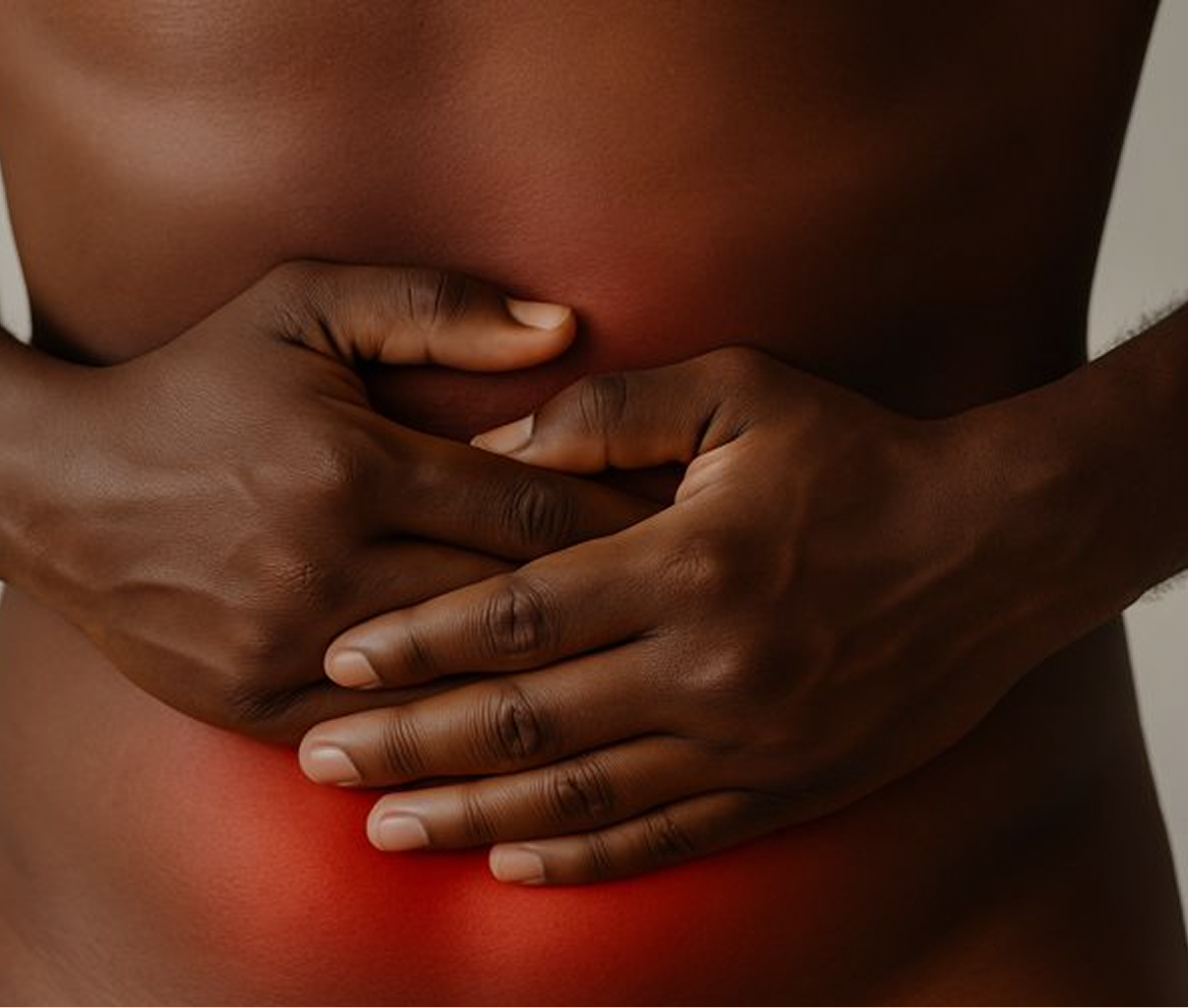
December 19, 2025

December 12, 2025
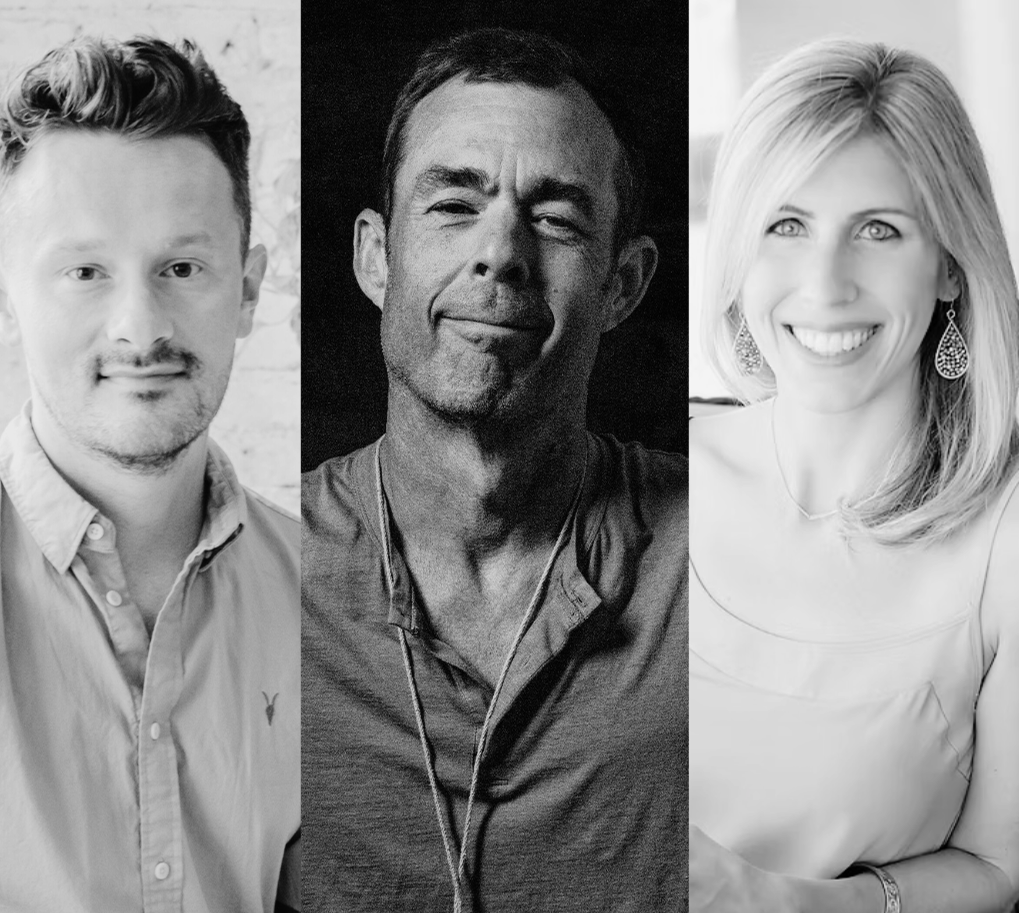
December 8, 2025
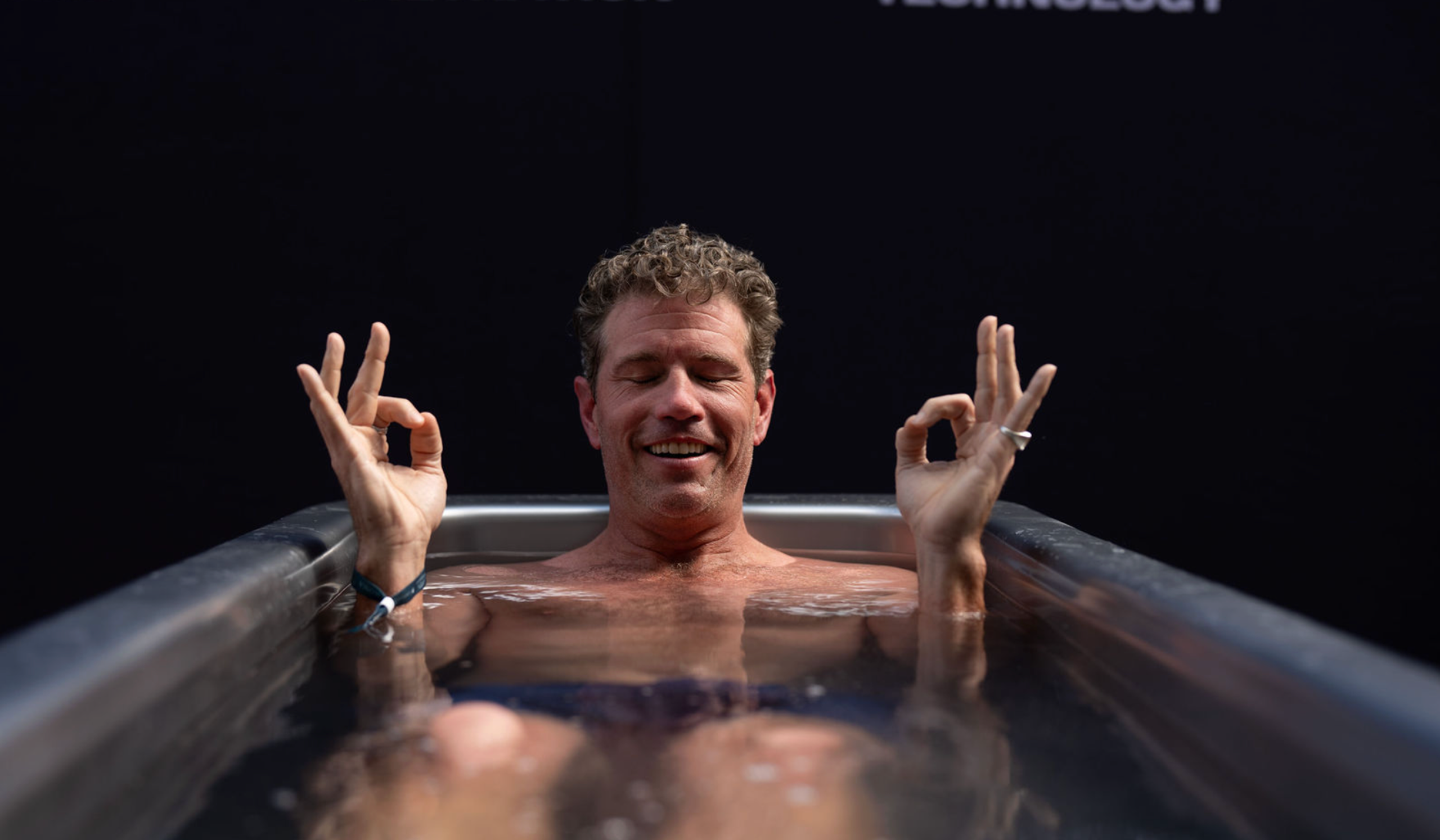
December 5, 2025

November 21, 2025

November 14, 2025

November 14, 2025
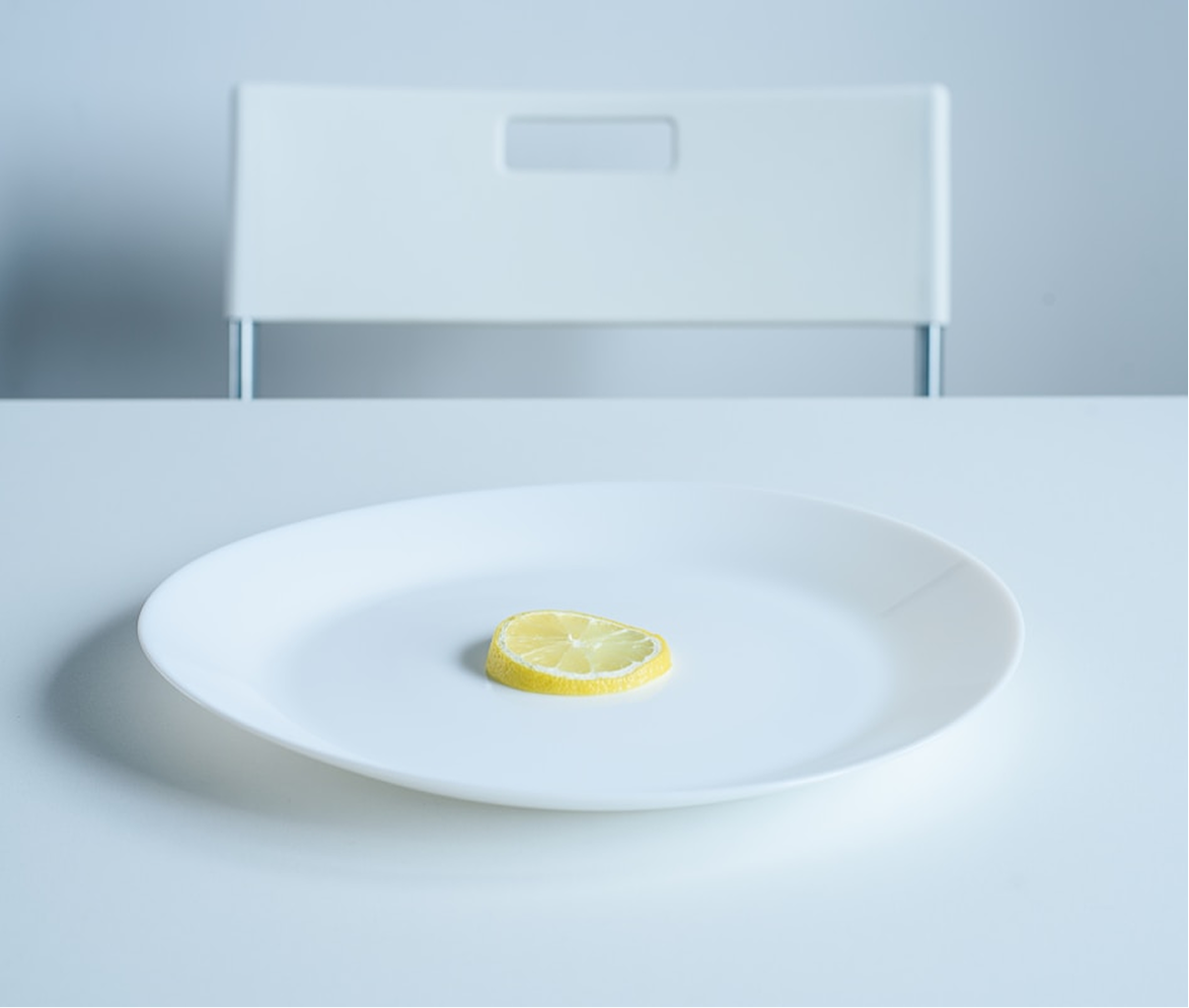
November 7, 2025
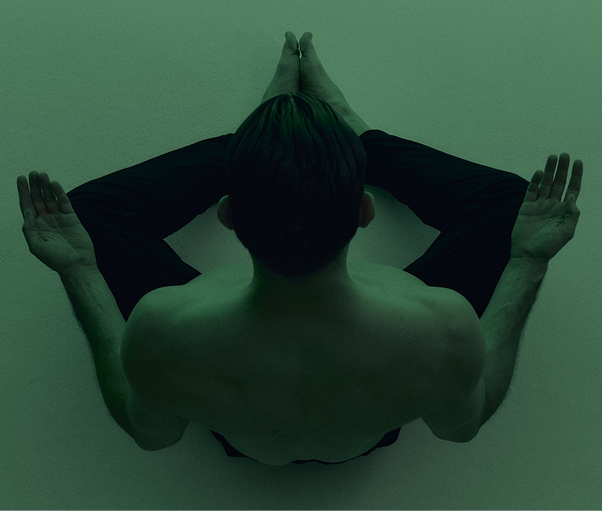
October 31, 2025
